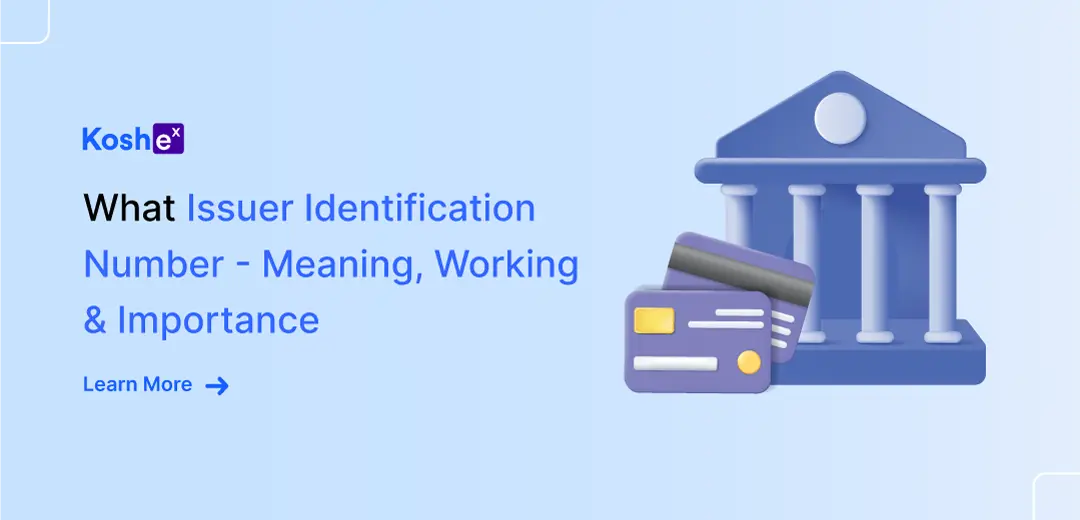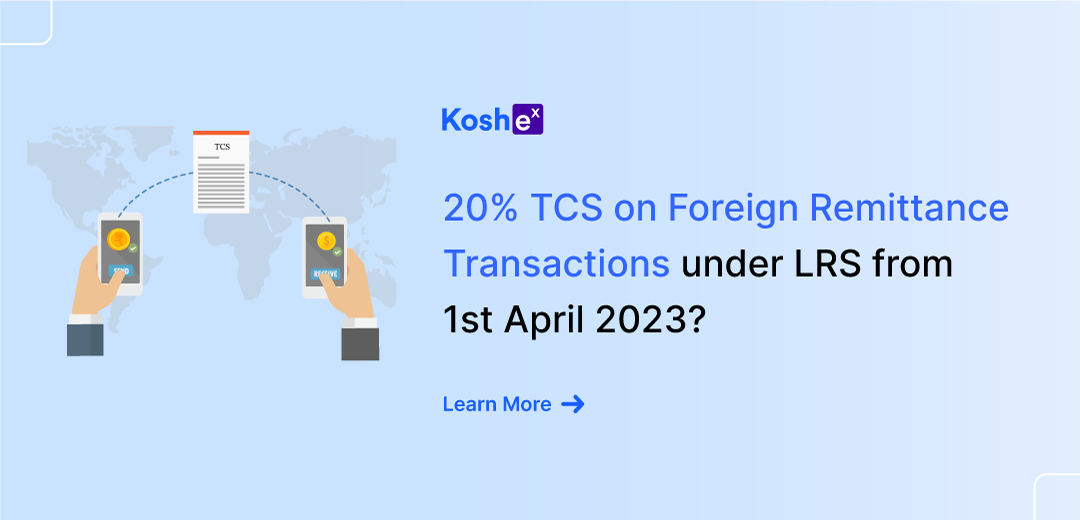what Issuer Identification Number
Issuer Identification Numbers (IINs) serve as the foundation of card identification. They are unique numerical codes assigned to each card by card networks such as Visa, Mastercard, Rupay, etc. An IIN is the first six to eight digits on the front of a payment card, before the cardholder’s account number. These codes act as a digital fingerprint, distinguishing one card issuer from another and allowing for smooth authentication during payment transactions.
Merchants rely on IINs to ensure they accept the appropriate payment cards, avoiding potential disruptions and providing a seamless customer experience. For financial institutions, understanding IINs helps in fraud detection and prevention, as anomalies or irregularities within IIN patterns can signal potential fraudulent activities.
Moreover, individuals benefit from understanding IINs to ensure secure and hassle-free financial transactions. By recognizing the IIN on their cards, individuals can verify the legitimacy of the issuer, authenticate the card’s acceptance, and confidently proceed with their transactions.
To enhance your understanding of IINs and optimize your financial transactions, sign up with Koshex today.
How do Issuer Identification Numbers (IINs) work?
The assignment and management of IINs involve algorithmic processes that ensure uniqueness and standardization. Card networks, such as Visa, Mastercard, and Rupay, play a pivotal role in this process.
These networks collaborate with regulatory bodies to establish rules and guidelines for IIN allocation. They oversee the assignment of IIN ranges to card issuers, ensuring that each issuer is allocated a unique set of numbers.
Regulatory bodies, such as the International Organization for Standardization (ISO), also contribute to the management of IINs. They define standards and protocols for the structure and format of IINs, ensuring global consistency and interoperability. These standards facilitate seamless communication between different stakeholders within the payment ecosystem.
Validation and Verification
Validation and verification of IINs occur during card transactions to ensure the legitimacy of the card and the authorization of the transaction. When a payment card is presented for a transaction, the merchant’s payment processing system captures the IIN from the card. The system then performs a series of checks to validate the IIN against known lists of valid IINs and card networks.
During verification, the payment processing system cross-references the IIN against a database maintained by the card networks and regulatory bodies. This database contains information about the authorized issuers associated with specific IIN ranges. If the IIN matches an entry in the database, the transaction proceeds, and authorization is sought from the issuer.
Applications of Issuer Identification Numbers (IINs)
IINs play a significant role in several payment methods, including credit cards, debit cards, and prepaid cards. These numerical codes help identify the card issuer, allowing merchants to determine the type of card used for a transaction. Whether it is a credit card for flexible spending, a debit card linked to a bank account, or a prepaid card with a specific balance, IINs provide the necessary information to process payments accurately.
Role in online transactions
IINs are indispensable in making online purchases. Customers enter their payment card information, including the IIN. E-commerce platforms and payment gateways leverage this information to authenticate the card, ensuring it is valid and belongs to an authorized issuer. This verification process prevents fraudulent transactions and safeguards both merchants and customers.
Online merchants use IINs to customize their payment acceptance policies. By recognizing the IIN of a card, merchants can determine if it is acceptable for their specific business, ensuring a seamless payment experience for customers. Merchants can also offer a personalized payment experience to customers by adjusting their acceptance policies based on IINs.
Role in mobile payments
The rise of mobile payments has further amplified the importance of IINs. Mobile payment apps and digital wallets rely on IINs to identify and authenticate payment cards stored within the app. Utilizing IIN enables these platforms to establish a secure link between the user’s card and mobile device, facilitating convenient and contactless payments.
Future Developments
Two significant trends are shaping the landscape of IINs: tokenization and biometric authentication.
Tokenization
Tokenization involves replacing sensitive card data, including IINs, with unique tokens during transactions. This enhances security by minimizing the exposure of sensitive information.
Biometric Authentication
Biometric authentication, such as fingerprint or facial recognition, is an emerging trend. It utilizes unique biological characteristics for identity verification, reducing reliance on traditional card-based authentication methods.
Challenges
While IINs have a lot of significance in the payment landscape, they also face a lot of challenges such as:
Maintaining Data Accuracy
One significant challenge in IIN management is maintaining data accuracy. With numerous card issuers and evolving payment technologies, keeping track of up-to-date IIN ranges and associated information can be complex.
It requires constant collaboration between card networks, regulatory bodies, and financial institutions to ensure accurate and reliable data. Regular updates and communication channels are crucial to address changes, new issuers, and emerging card programs.
Adapting to evolving payment technologies
As the world moves towards contactless payments, mobile wallets, and other innovative solutions, IINs should accommodate these advancements. Integrating IINs with new technologies while maintaining their core purpose of card identification poses a challenge. It requires synchronization among stakeholders to ensure seamless interoperability and compatibility between payment systems and emerging technologies.
Final Thoughts
Issuer Identification Numbers (IINs) are the backbone of card identification and security, enabling seamless payment transactions and authentication. They play a crucial role in various payment methods, online transactions, and mobile payments, ensuring accurate card acceptance and fraud prevention.
As payment technologies advance, IINs face challenges in data accuracy and adaptation to evolving payment methods, but they continue to shape the future of payment systems.
Sign up with Koshex today and get personalized assistance and a wealth of financial possibilities. Join us now to enhance your financial transactions with heightened security.
Frequently Asked Questions (FAQs)
Q1. Are IINs the same as the card number on my payment card?
Ans. No, the IIN is the initial set of digits that identifies the card issuer, while the card number includes the IIN and additional digits that provide specific information about the cardholder and account.
Q2. How can I find the IIN on my payment card?
Ans. The IIN is typically located as the first six to eight digits on the front of your payment card, just before the cardholder’s account number.
Q3. What should I do if my card is declined due to an IIN issue?
Ans. In the event of any issues related to the IIN, such as a declined transaction, it is recommended to reach out to the customer support of your card issuer for assistance. They can provide guidance and resolve any concerns related to the card and its identification.









Leave a Comment